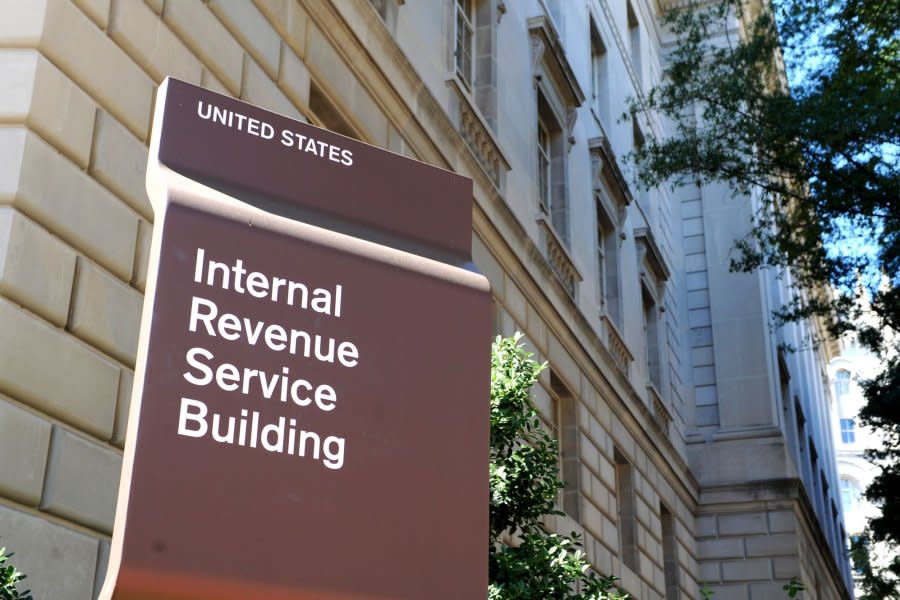IRS announces plan to make all taxpayer-filed documents paperless by 2025

Aug. 2 (UPI) -- The IRS announced a new process Wednesday to make all taxpayer-filed documents paperless by 2025 in an effort to reduce government waste.
Millions of taxpayers will now have an expanded number of forms that can be filed in 2024 as part of the U.S. Treasury's Paperless Processing Initiative, while the IRS plans to roll out all its tax forms in electronic formats the following year.
In 2024, taxpayers will be able to e-File 20 additional tax forms, leading to 4 million fewer paper documents each year. Other supplementary tax forms will also be available in digital and mobile-friendly formats.
By 2025, another 150 tax forms will be available on mobile phones to make filing easier for those who lack Internet access and rely solely on broadband.
The IRS said it will still accept all paper tax returns and forms, and anticipates that at least 76 million people will continue to file this way. However, those forms will now be converted to digital files as soon as they arrive and the paper recycled.
The massive shift to electronic tax filing is expected to eliminate up to 200 million pieces of paper every year while cutting processing times in half and speeding up refunds by several weeks, the Treasury Department said in a statement that also acknowledged the agency's current inability to digitize paper forms.
Before now, taxpayers have been unable to submit digital tax forms beyond their annual 1040, while the IRS was also not equipped to deal with paper returns in the digital world -- leading to an annual headache for millions of Americans, the government said.
"Paper-based processes have long hampered the IRS and frustrated taxpayers," the statement said. "For decades, taxpayers had to respond to notices for things like document verification through the mail, and IRS employees had to manually enter numbers from paper returns into computers one digit at a time, creating significant delays for taxpayers and challenges for IRS staff."
Under the new filing method, more than 94% of individual taxpayers will no longer need to send mail to the IRS, the statement said.
The new process is expected to eliminate human errors and enhance resource allocation in an effort to improve customer service at the agency, the statement said.
The move puts the IRS on par with a broader technological shift from traditional paper to electronic methods to increase information storage and processing efficiency while preserving the environment.
The IRS receives about 76 million paper tax returns and forms every year, along with another 125 million pieces of correspondence, notice responses, and various non-tax forms.
The move will help to digitize more than 1 billion historical documents that currently cost the U.S. $40 million per year to store, the statement said.
The major redo was being funded through Inflation Reduction Act.
The IRS has increased the number of taxpayer notices online, and begun using new technology that automates electronic scanning of paper returns.

